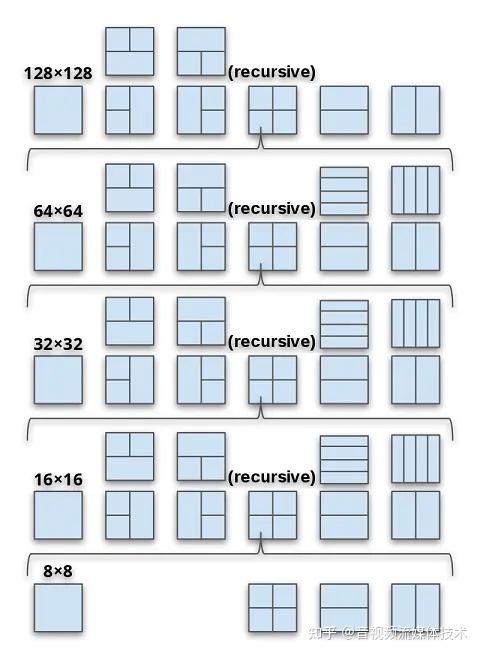

The first tool, webm.py is written in Python and provides simple wrapper around ffmpeg with useful defaults. So I went ahead and implement support in my tools right away, even while it’s still a bleeding edge technology. The compression efficiency and planned hardware support of AV1 looks fantastic, it should be really beneficial to add to any modern converter. You can read about technologies used in AV1 in this paper, some test comparisions with competitive solutions are available here. It was made by a collaboration of large IT companies such as Google, Mozilla and Netflix called AOMedia and first stable release was made in March of this year. In case you still haven’t heard about it, AV1 is a royalty-free modern video coding format which aims to provide better quality than alternative, patent encumbered H.265 (HEVC). Both of them work on all three major platforms (Windows, macOS, Linux) and cover typical usecases of encoding videos on demand. I’m happy to announce that my two WebM converters, webm.py (command-line) and boram (graphical) now support encoding to the new AV1 video format, starting with versions 0.12.0 and 0.5.0 accordingly.


 0 kommentar(er)
0 kommentar(er)
